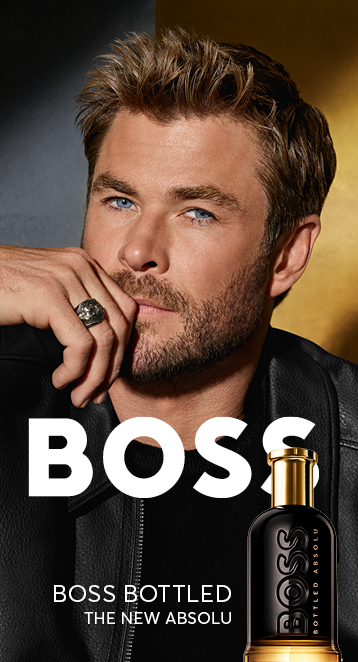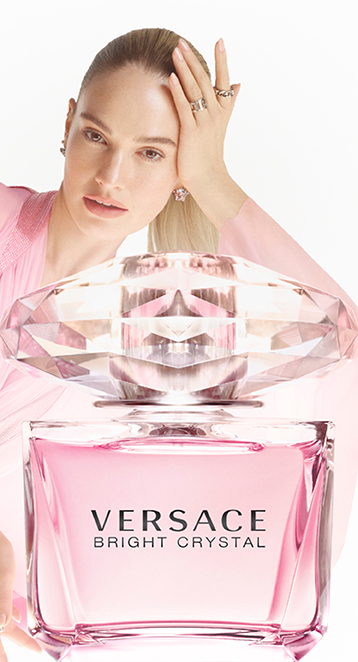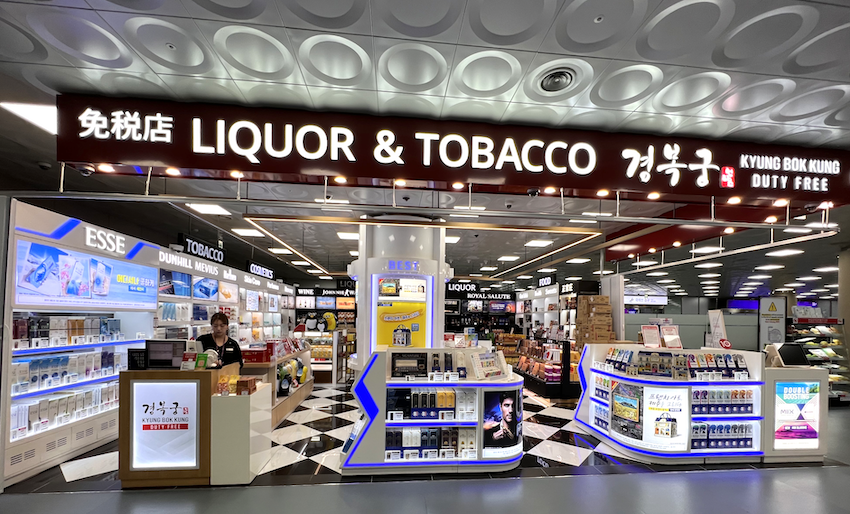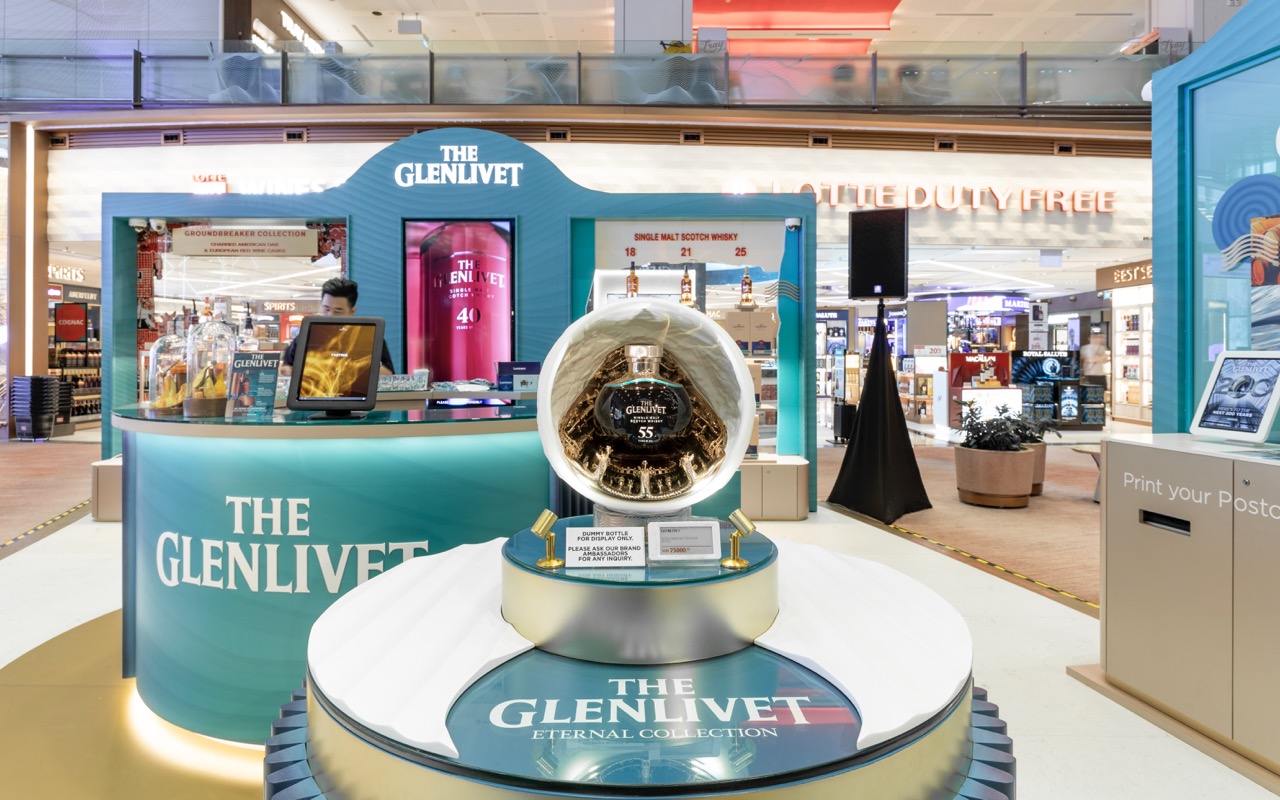SOUTH KOREA. The South Korean duty free market posted a +20.7% sales increase last year to a record US$12.8 billion despite a collapse in Chinese tourism from March 2017.
The figures, released this week by the Korean Duty Free Association and expertly analysed by Mirae Asset Daewoo (see chart below), fly in the face of a seemingly catastrophic -49.1% fall in Chinese arrivals through to November last year. The tourism slump resulted from a row between China and South Korea over the latter’s deployment of US anti-missile system THAAD.
Packing up in duty free for the holiday |
Sales to foreigners rose sharply to US$10.6 billion despite a -26.8% drop in foreign customers compared to 2016 (see chart below).
“They generated +23.8% more revenues, implying a huge pick-up in average spend per person (ASP) from foreign customers (+69% year-on-year),” noted Mirae Asset Daewoo Equity Analyst (cosmetics, household goods, duty free shops) Regina Hahm.
That surging per person spend was driven by the daigou (shuttle trader) phenomenon that reached new, often frenzied heights last year (see analysis below).
The ASP from foreigners rocketed from US$369 in 2016 to US$624 last year, while Korean ASP increased marginally by +2.1% to US$109.
“Koreans also contributed to a healthy growth of +12.9% year-on-year, which reflects Koreans’ exceptionally strong spending in duty free,” said Ms Hahm. “We are not seeing such a strong trend in any other retail channels except for online.”

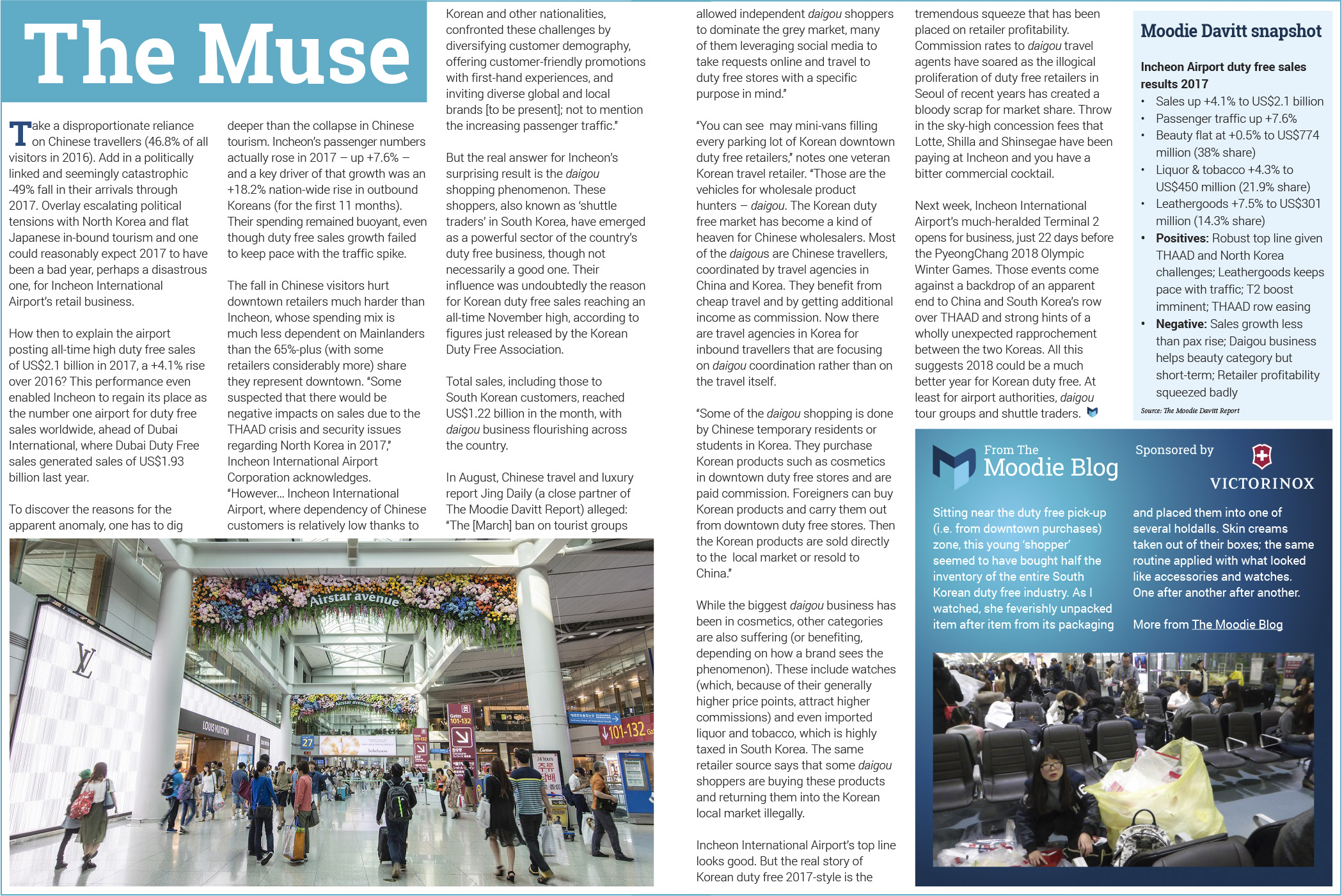
These (usually) Chinese ‘shoppers’ travel to South Korea to purchase products for resale in China. However, while benefiting the top line, the daigou business has severely eroded retailer profitablity due to surging commissions to travel agencies specialising in this market. An oversupply of duty free stores (thanks to the former government allowing a proliferation of downtown licences) has added to retailers’ woes.
More positively, the growth in top-line revenues last year, driven by the daigou phenomenon, confirms that Korean items (particularly skincare) remain in high demand in China – THAAD or no THAAD.

Earlier this month, Incheon International Airport also posted all-time high annual duty free sales of US$2.1 billion in 2017, a +4.1% rise over 2016. As a result, Incheon regained its place as the number one airport for duty free sales worldwide. The airport said its spending mix is much less dependent on Chinese travellers compared with downtown retailers.

Is the worst over?
November saw a slight easing of the slump in Chinese arrivals amid an apparent resolution to the THAAD dispute (-41.1%), according to Korea Tourism Organization. For the first 11 months, Chinese visitors accounted for 31.4% of all foreign arrivals in South Korea, down from 46.8% in 2016.
If conventional Chinese tourism does bounce back in 2018 and the daigou business continues to grow, it promises to be a very interesting year for Korean duty free. , However, whether daigou sales are ultimately good for the business is a highly debatable question. Different brands have sharply differing attitudes to this business, with some luxury houses believing it is short-sighted and damaging, both to duty free and to the China market. Plenty of others, though, especially in beauty, are happy to accept the immediate rewards.







